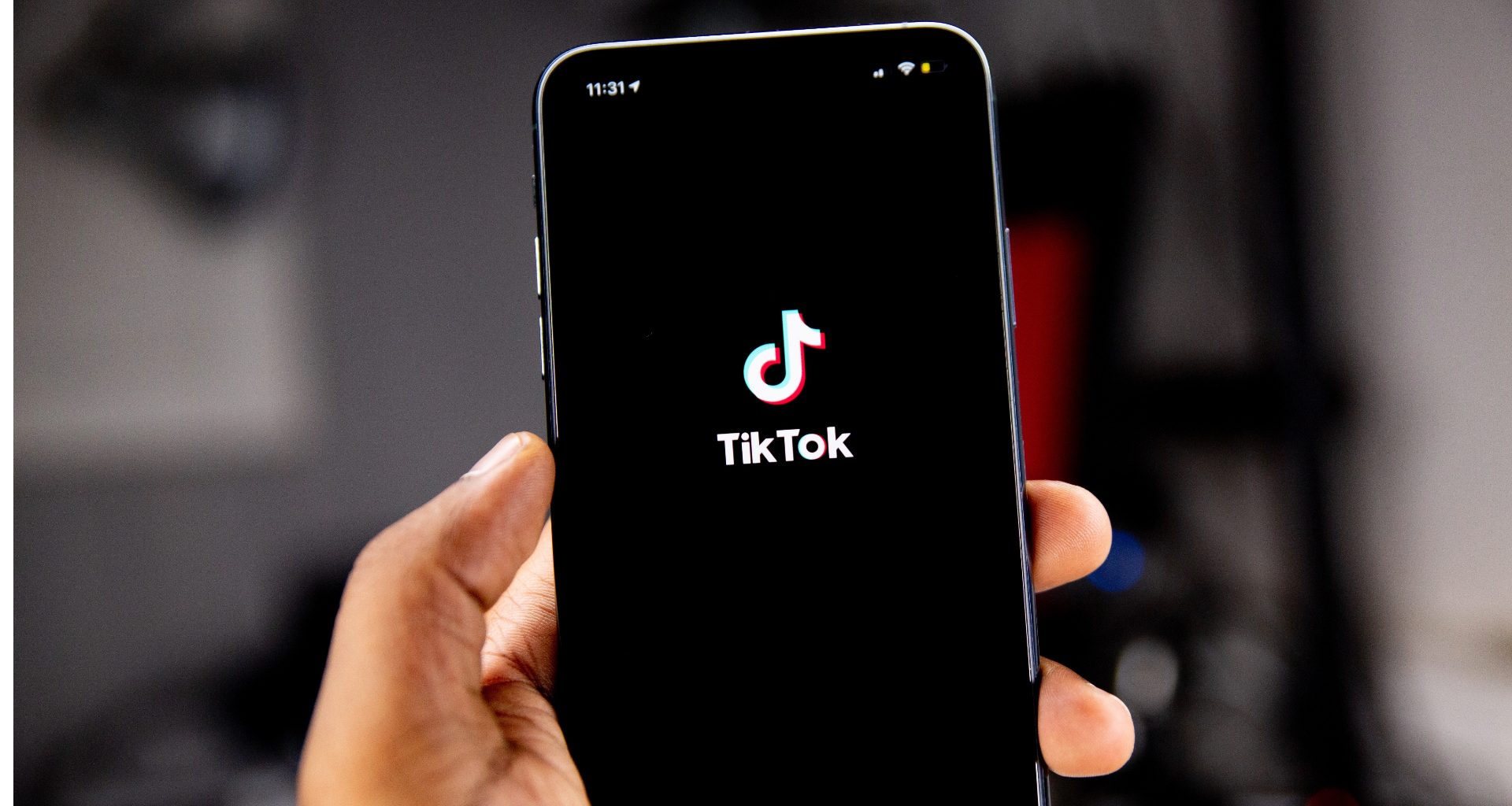In recent years, TikTok has evolved from a platform for viral dance crazes and entertaining snippets into an unexpected source of news for a growing number of Americans. The Pew Research Center’s annual study of digital media habits sheds light on TikTok’s rise and its impact on the way people consume news.
Since launching in 2018, TikTok has grown exponentially and boasts over one billion global users, with 150 million in the U.S. alone. Today, 14% of all Americans turn to TikTok as their source of news, a 3% increase since 2020. Among 18 to 29-year-olds, the numbers are even more dramatic, skyrocketing from 9% to 32%.
Opposite of TikTok’s rising success, its rival platforms like Twitter, Snapchat, Reddit, and Facebook have witnessed a decline in user engagement with news content. Only TikTok, Instagram, and LinkedIn have seen growth in their roles as news platforms during this period.
TikTok’s success as a news source can be attributed largely to its algorithm, which tailors each user’s feed, or For You page, based on individual interests rather than social connections. While this algorithm makes TikTok a masterful entertainment platform, it also presents challenges when it comes to news delivery.
Unlike traditional news platforms, TikTok is not a hub for straightforward news broadcasting. News discussions abound, but the absence of conventional news delivery methods raises concerns about the reliability and depth of the information shared. While professional journalists contribute valuable content, the TikTok algorithm tends to prioritize sensational or outraged commentary over well-measured explanations of news events.
Critics of TikTok often point to concerns about the platform’s relationship with the Chinese government, raising questions about data privacy and national security. While these concerns are not unfounded, there is also a fundamental misunderstanding of how TikTok functions.
TikTok’s algorithm-driven content distribution lacks a monoculture, making it challenging to predict which videos or trends will gain widespread attention. The platform’s primary focus on content, rather than individual creators, influences how users seek and consume information.
While TikTok’s popularity as a news source is on the rise, it remains an unconventional and sometimes problematic platform for news delivery. The algorithmic nature of content distribution, coupled with the platform’s emphasis on entertainment, poses challenges for those seeking reliable and in-depth news coverage. As more Americans turn to TikTok for news, understanding the platform’s dynamics becomes crucial in navigating the evolving landscape of digital media consumption.









